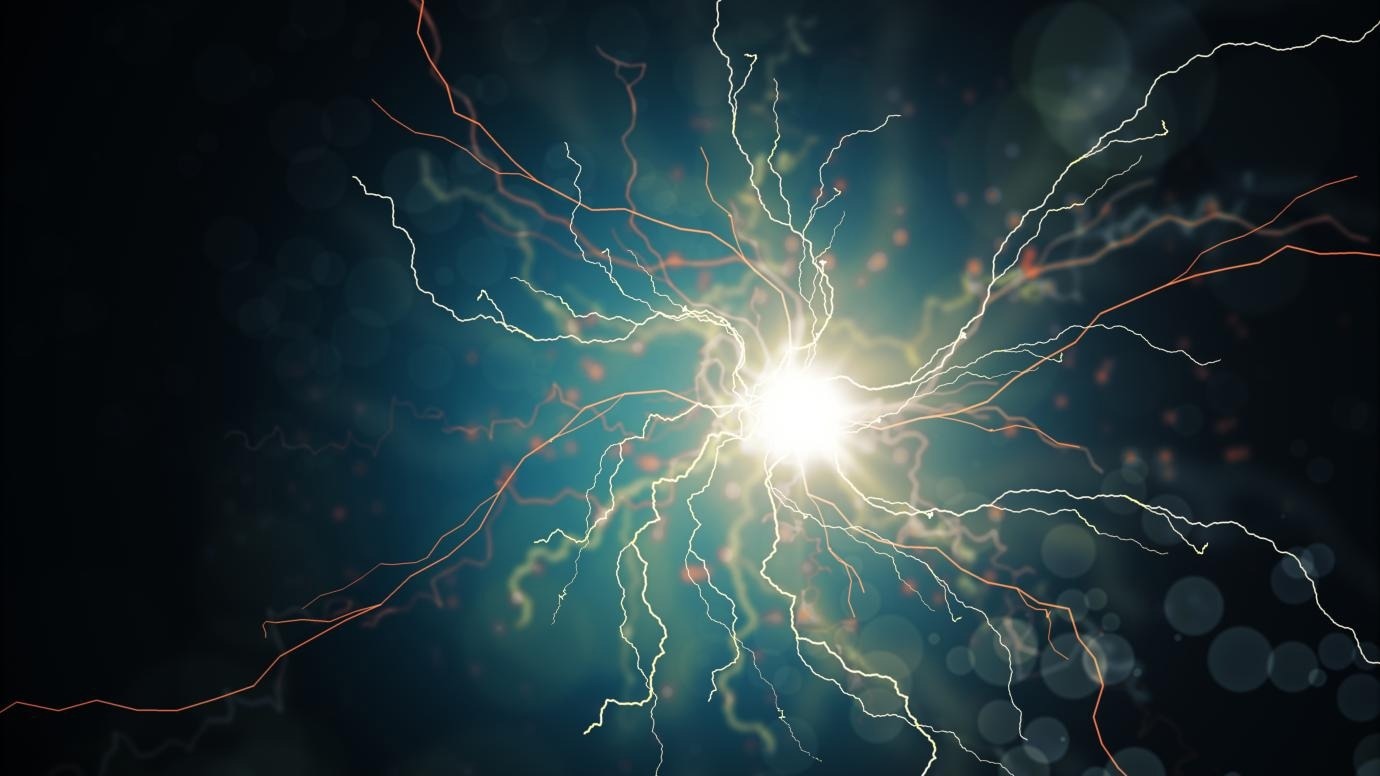According to a study by UChicago scientists, it is possible to enhance a certain kind of chemical reaction that is frequently utilized to create novel drug candidates by using electricity.

A study from UChicago chemists found a way to use electricity to boost a type of chemical reaction often used in synthesizing new candidates for pharmaceutical drugs. Image Credit: Illustration by Golden Dayz/Shutterstock
The study, which was published in Nature Catalysis on January 2nd, 2023, is a step forward in the field of electrochemistry and provides a roadmap for planning, regulating, and creating more sustainable processes.
What we want to do is understand what’s happening at the fundamental level at the electrode interface, and use that to predict and design more efficient chemical reactions. This is a step towards that eventual goal.
Anna Wuttig, Study Senior Author and Neubauer Family Assistant Professor, University of Chicago
Chemical Complexity
Electricity could enhance the production of some chemical processes, and because it can be obtained from renewable sources, it could help to green the global chemical sector.
The field known as electrochemistry, however, is very intricate. There is a lot that scientists don’t know about the interactions between molecules, particularly because to create electricity, a conductive material (an electrode) must be added to the mixture, which implies that the molecules interact with both the electrode and one another.
This adds even more complexity to a process that is already difficult for scientists who are attempting to sort out the functions that individual molecules are playing and in what sequence.
But Wuttig hopes to use this to his advantage.
What if you think about it as electrochemistry providing us with a unique design lever that’s not possible in any other system?
Anna Wuttig, Study Senior Author and Neubauer Family Assistant Professor, University of Chicago
In this instance, she and her group concentrated on the electrode’s surface, which supplies the reaction with electricity.
Wuttig further stated, “There were hints that the surface itself is catalytic, that it plays a role but we don’t know how to systematically control those interactions at the molecular level.”
They experimented with a type of reaction that is frequently employed in the production of compounds for use in medicine to create a connection between two carbon atoms.
Theoretical predictions state that if this reaction is carried out using electricity, the yield—all of the original molecules transformed into a single new substance—should be 100%. However, the yield is reduced when the process is carried out in a lab.
The scientists believed that some of the molecules were being attracted by the electrode to move away from their required locations during the process. They discovered that including a crucial component could be beneficial: a Lewis acid was added to the liquid solution, which caused those molecules to be redirected.
“You get a near-clean reaction,” Wuttig further added.
Catalyzing Change
Additionally, the group was able to observe the events taken at the molecular level by using specialized imaging tools.
She further stated, “You can see that the presence of the modulator has a profound effect on the interfacial structure. This allows us to visualize and understand what is happening, rather than regard it as a black box.”
According to Wuttig, this is an important step since it paves the way for the future ability to forecast and regulate the effects of the electrode in chemistry in addition to using it.
The electrode’s ability to be reused for other reactions is another advantage. The catalyst is usually dissolved in the liquid during the reaction and removed when the end product is purified.
She concluded, “This is a step towards sustainable synthesis. Moving forward, my group is very excited to use these types of concepts and strategies to map out and address other synthetic challenges.”
National Science Foundation, the University of Chicago, and the National Institutes of Health funded the study.
Journal Reference
Chen, Q.-C., et. al. (2023) Interfacial tuning of electrocatalytic Ag surfaces for fragment-based electrophile coupling. Nature Catalysis. doi:10.1038/s41929-023-01073-5
Article Revisions
- Jan 6 2025 - Meta Description has been updated to fall inline with Google recommendations and a malformed link has been repaired.